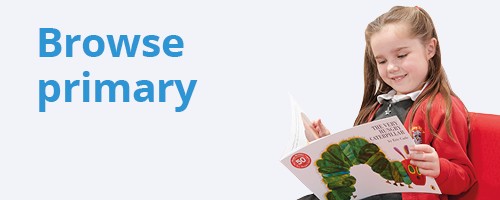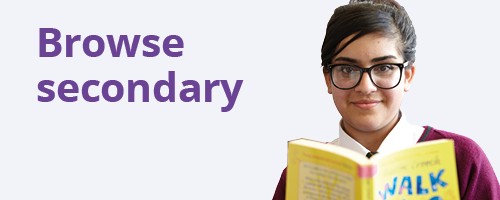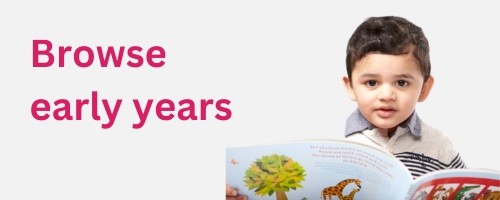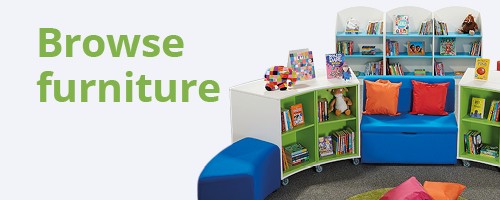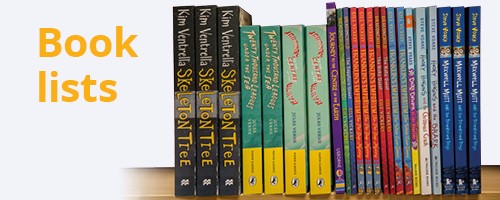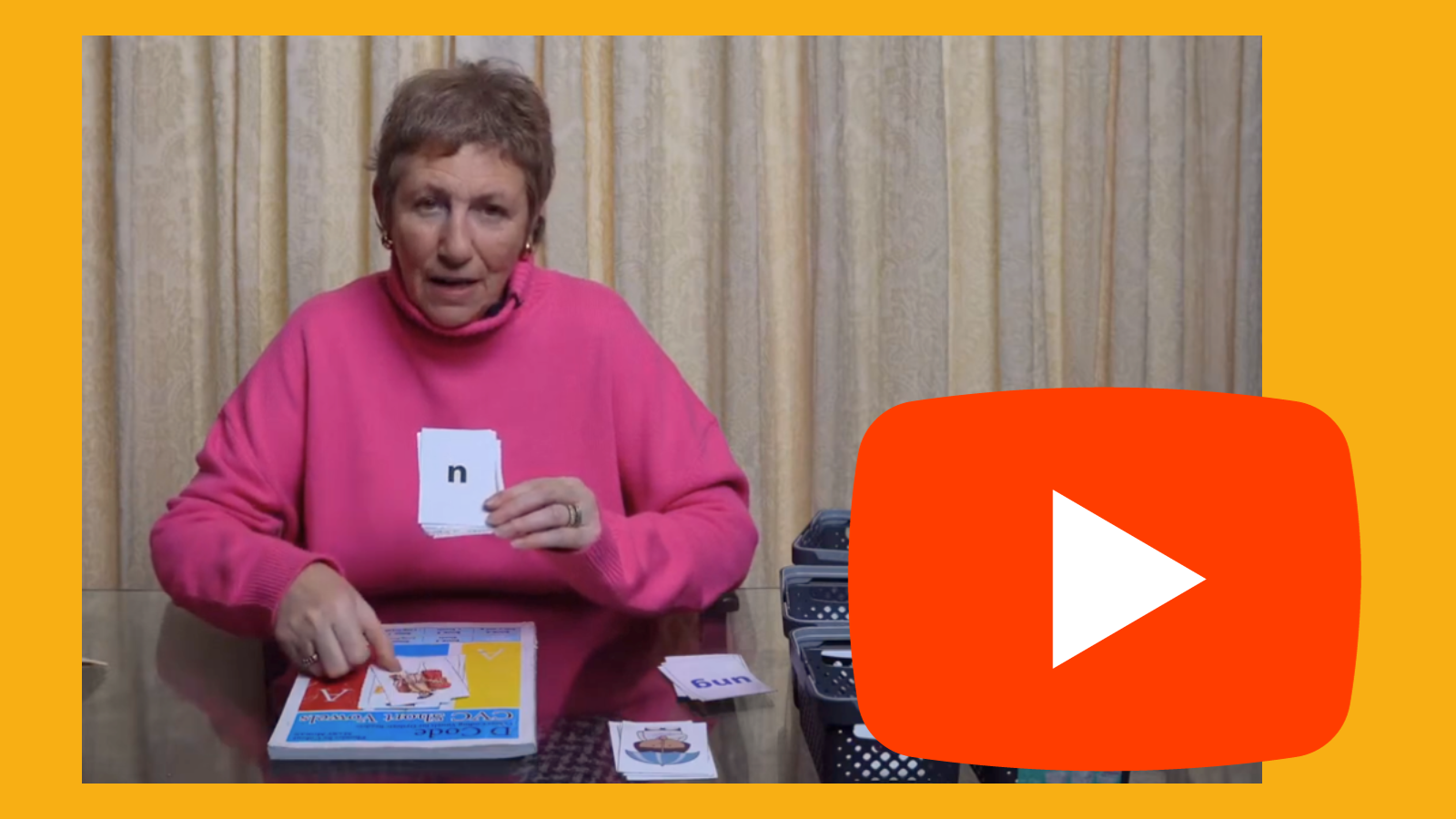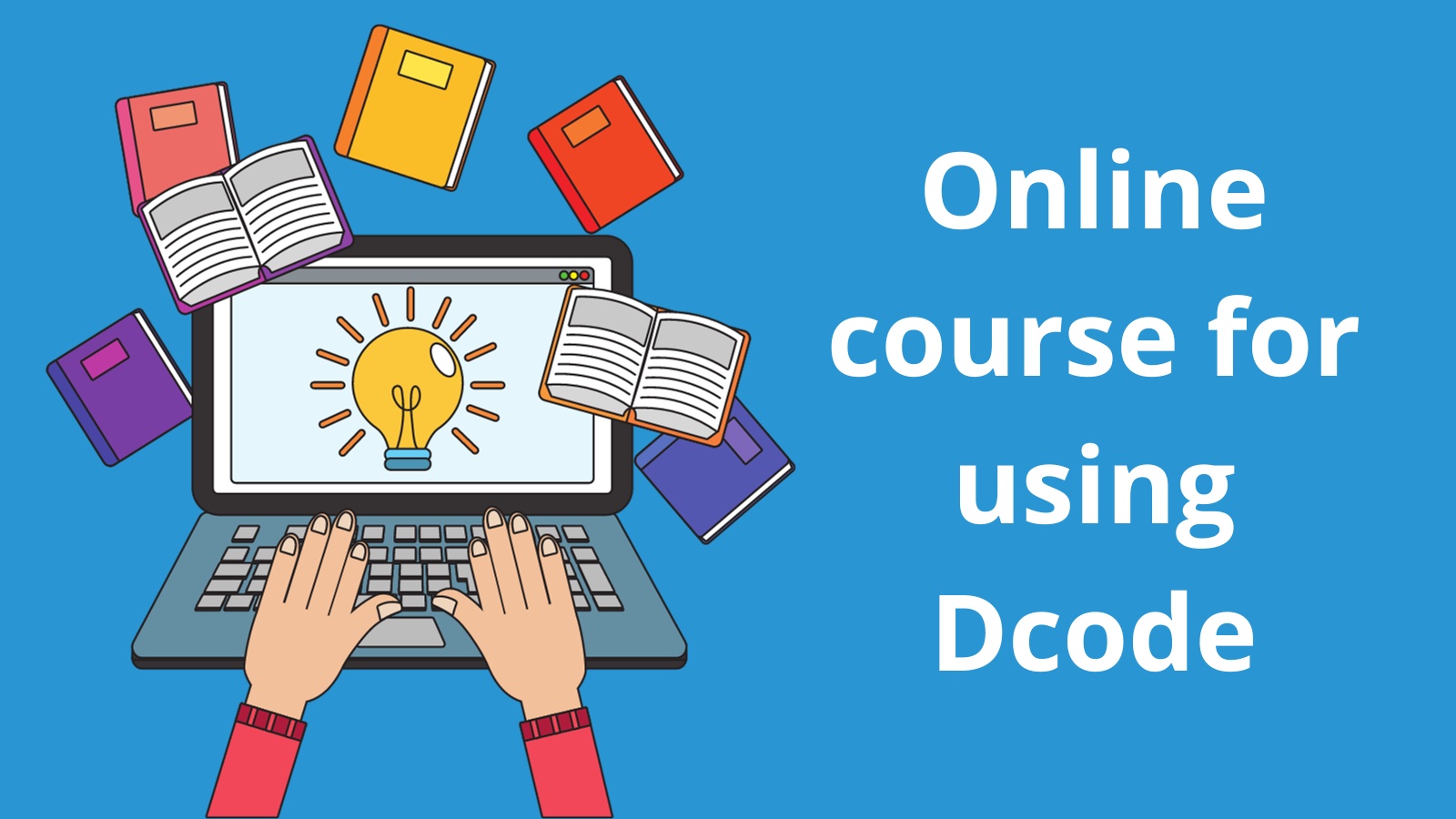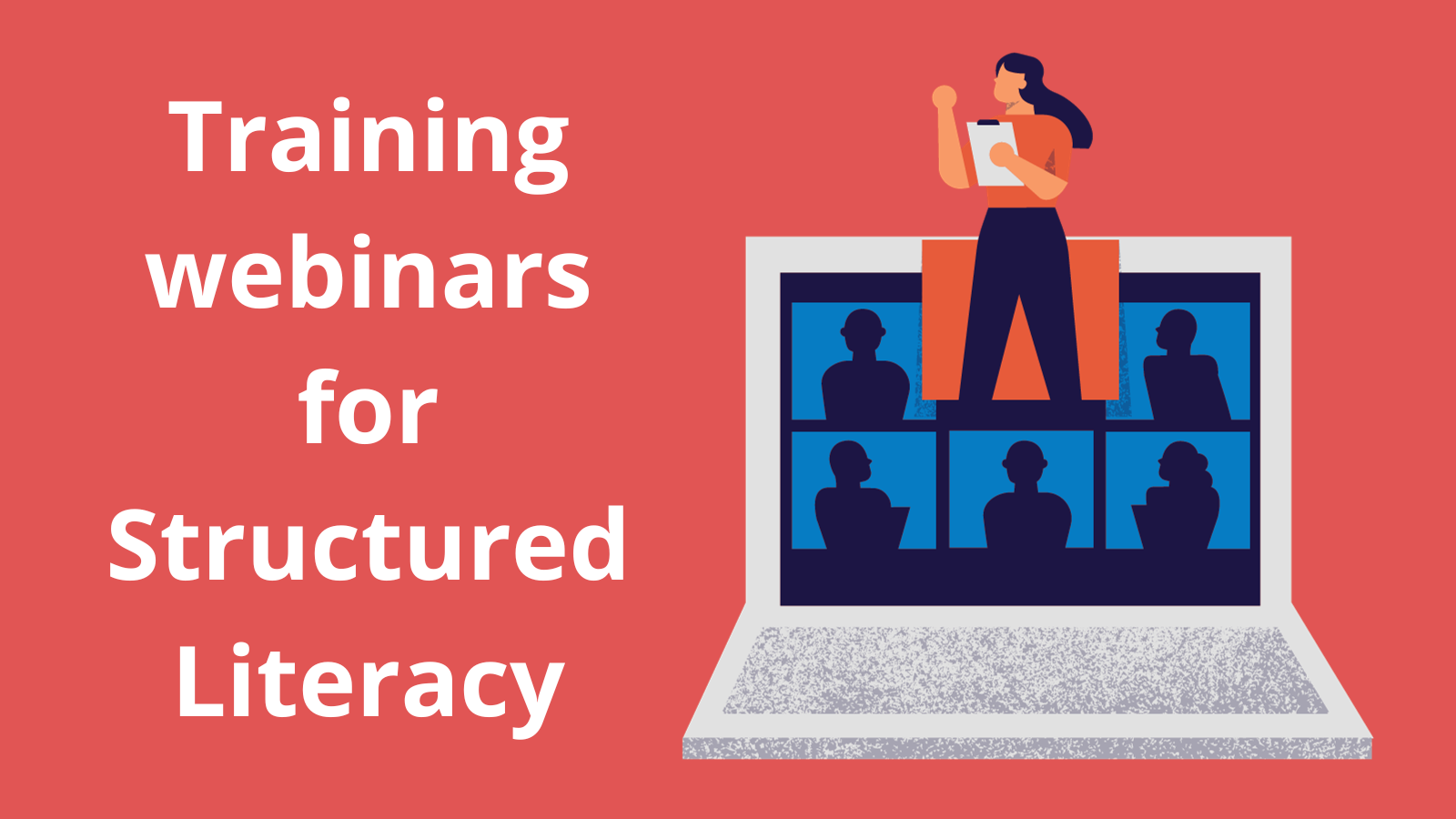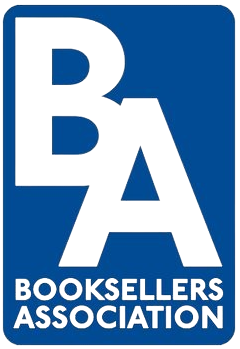Schools please note: due to the summer holidays we will automatically hold all school books and furniture orders due between Wednesday 16 July and Monday 1 September 2025. Delivery will resume from Tuesday 2 September 2025. If your school remains open for deliveries during the summer and you would like to receive your order during this time, please get in touch in advance by calling 0121 666 6646 or emailing hello@peters.co.uk.
For help, advice and telephone ordering call our team on 0121 666 6646
Are you sure you wish to delete this basket?()
This action cannot be undone.
Sorry, something went wrong
Please report the problem here.
How Dcode Dyslexia can support the reading journey, with Mary Moran
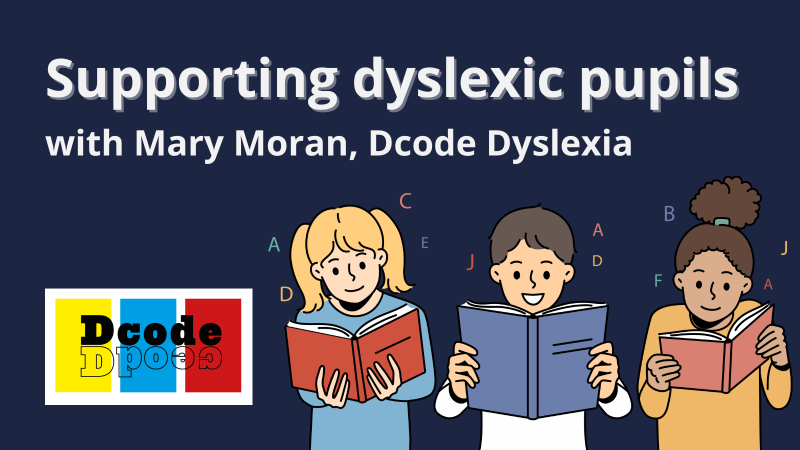
December 7th 2023
In 2009, 55% of children who left school unable to read or write were unsupported dyslexics. Over a decade later, detrimental effects from the pandemic years caused a widening attainment gap. Establishing a targeted, supportive approach for dyslexic pupils on their reading journey with dyslexia-friendly books or guided reading is vital in giving them the best possible outcomes for their future. We spoke to Mary Moran, founder of Dcode Dyslexia, about strategies such as Structured Literacy in teaching children to read, and how she created her approach in aiding dyslexic and struggling readers on their journey to fluency.
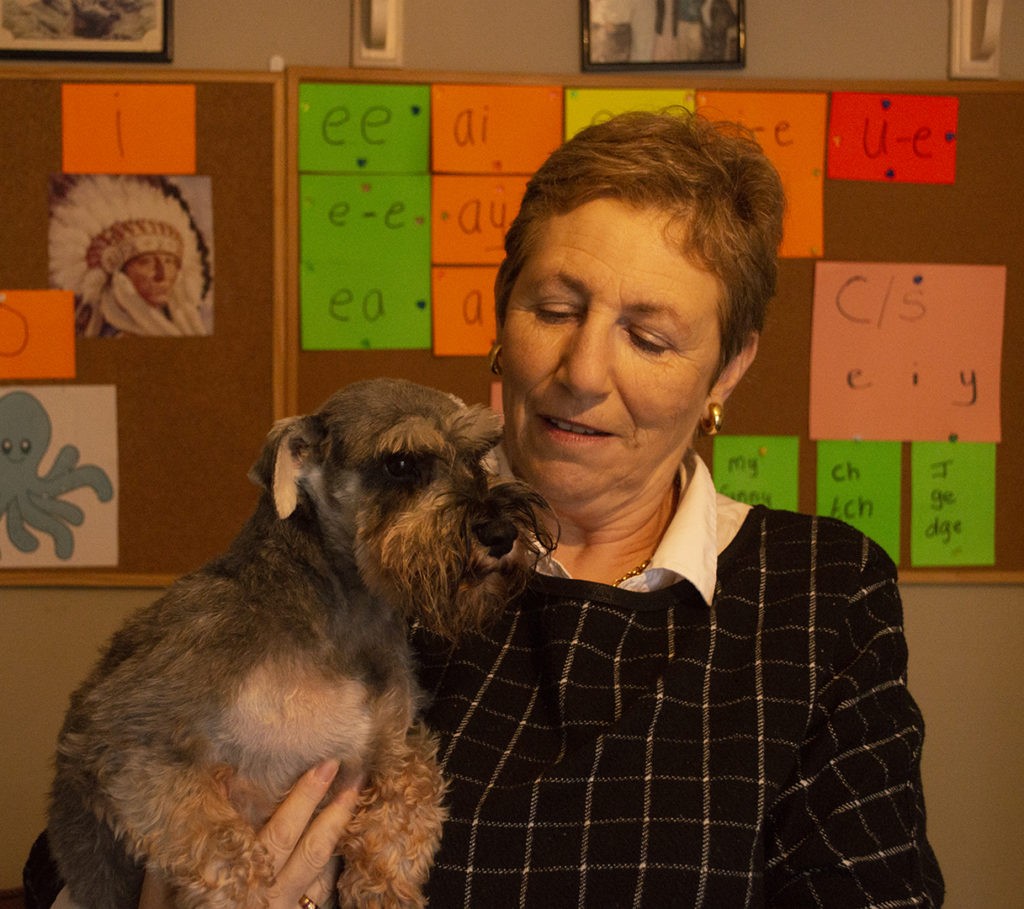 |
Mary Moran | Author Mary Moran is the author of the Dcode Dyslexia (Dcode) Reading Programme, a Structured Literacy programme suitable for all learners, but especially applicable to dyslexics and other struggling readers. She wrote the programme during the Covid pandemic, and it is based on the Orton-Gillingham approach to teaching reading. |
What is the Orton-Gillingham approach, and what is Structured Literacy?
In the 1920’s in the USA, Samuel Orton, neuropsychiatrist and pathologist, formed a hypothesis while working with young children who had failed to learn how to read, despite them having average to high IQs. His hypothesis was that struggling readers’, in particular dyslexic, brain function differed from the functioning of the normal brain of children who were doing well at school and learning to read easily.
Working with Anna Gillingham, an educator and psychologist, they itemised each sound and skill a child needed to be taught explicitly in order to overcome or prevent reading difficulties. This work heralded the birth of Structured Literacy (SL) with the formulation of the Orton-Gillingham approach/method. It is considered the gold-standard of Structured Literacy reading methods, based on the evidence of its efficacy, proven by many different implementations since its inception.
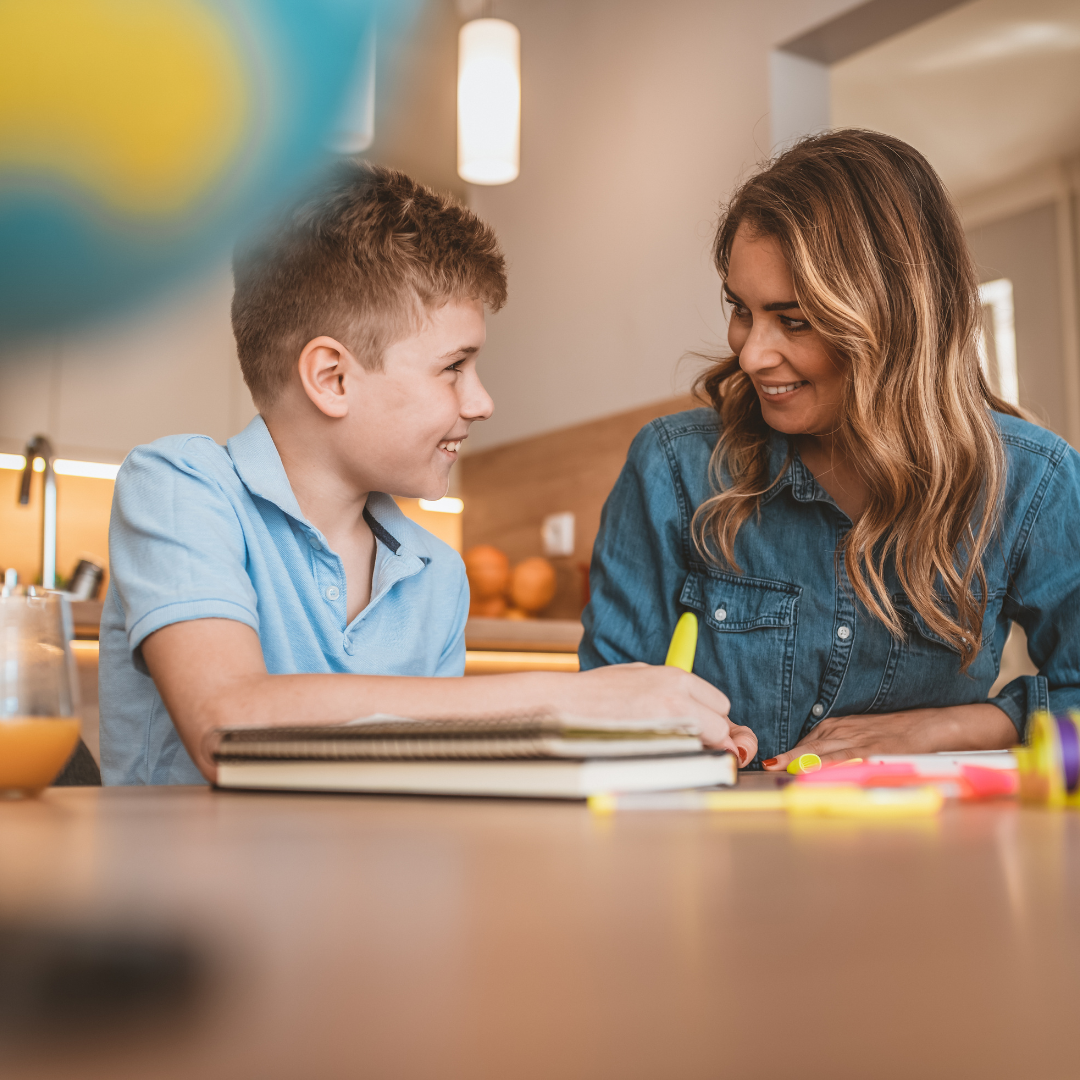
What is the science behind Structured Literacy and the O-G approach?
Over the last thirty years a body of research called the Science of Reading was, and is still, being produced. It proves that Samuel Orton’s hypothesis was correct, and that all children learn to read well through Structured Literacy strategies such as guided reading and bottom-up approaches to reading. For dyslexics, it is absolutely crucial.
Where did the idea for Dcode Dyslexia come from?
In 1986 I was delighted to qualify as an O-G practitioner. Over the following four decades, it makes me feel so old when put it those terms, I have taught hundreds of children how to read through structure, both in private practice and through schools. While adhering to the tenets and methodology of O-G, I also developed tools and methods which I found hugely beneficial when teaching a wide variety of children with literacy needs.
Furthermore, I have always struggled to keep pace with the demand for my services, as is evidenced by the statistics which state that between 15-20% of the English-speaking world are dyslexic. That equates to over 6 million in the UK and 1 million in Ireland. I realised that my efforts alone would not stem the flow and I decided to produce a reading programme, which would be independent of myself and my time. Thus, the Dcode Dyslexia Structured Literacy reading programme was developed and published.
Can you describe the Dcode programme in more detail?
My wish in developing the programme was for it to be simple to use, require minimal training and be very effective for users, both teacher and struggling reader. We have over eight hundred users in Ireland, the vast majority of them schools and teachers, since we launched in late 2021-early 22. In a survey of schools that purchased the complete programme, teachers said they found it simple to use and very effective in teaching guided reading to all cohorts.
Dcode is productive for complete beginners and those who are mildly, and severely, struggling. It is also a very effective way to teach all children to read, and not just those who struggle. It is designed to introduce new skills book by book, building on the skills already learned. There are eight decoding texts and one encoding/spelling text, and they are designed to be used together, however the Ncode spelling book can also standalone. Books 1-7 come with a set of laminated drill cards, designed to be used prior to commencing the book. Finally, the dyslexia-friendly books are designed to be used by the student during sessions.
Dcode Dyslexia Books |
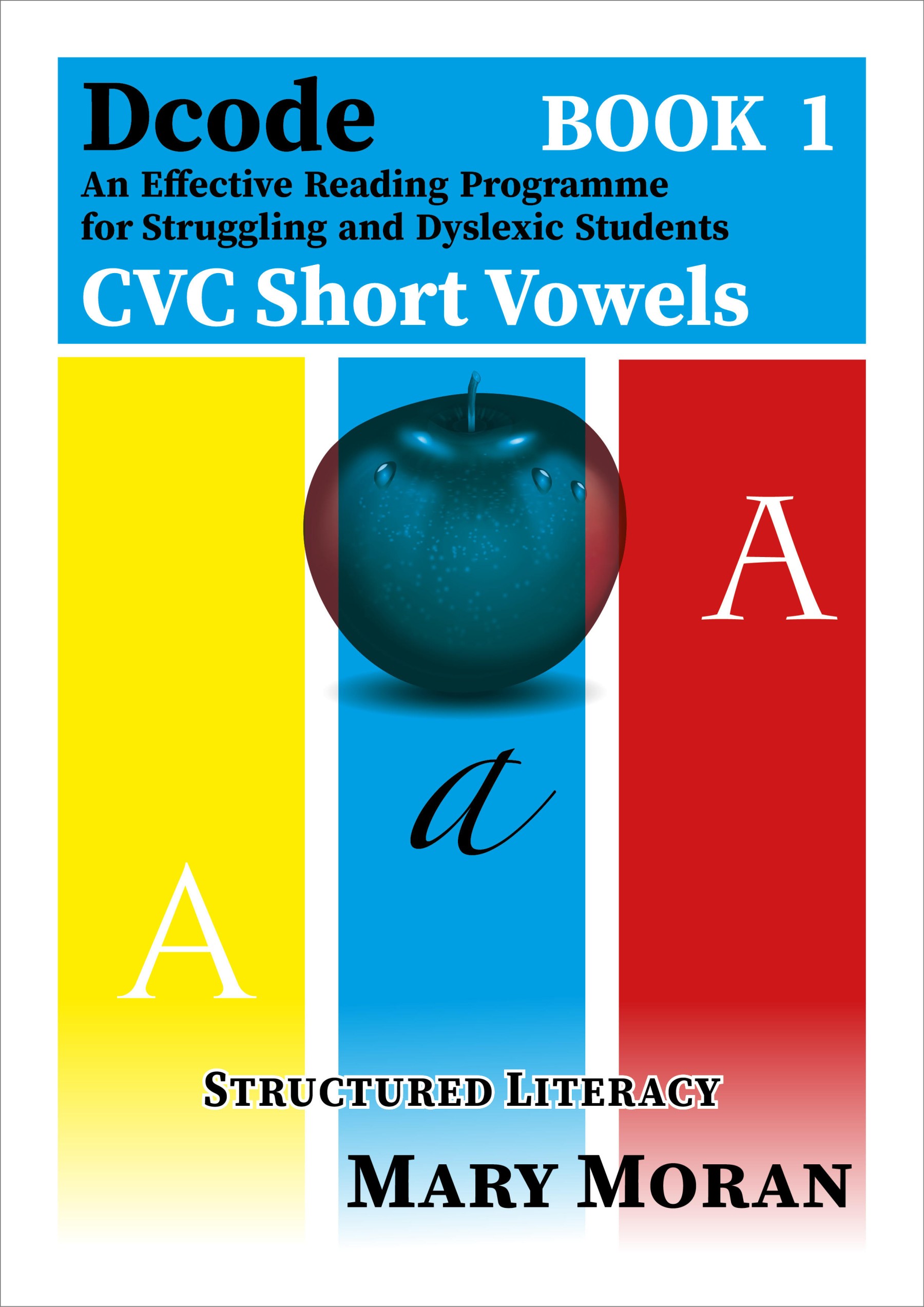 |
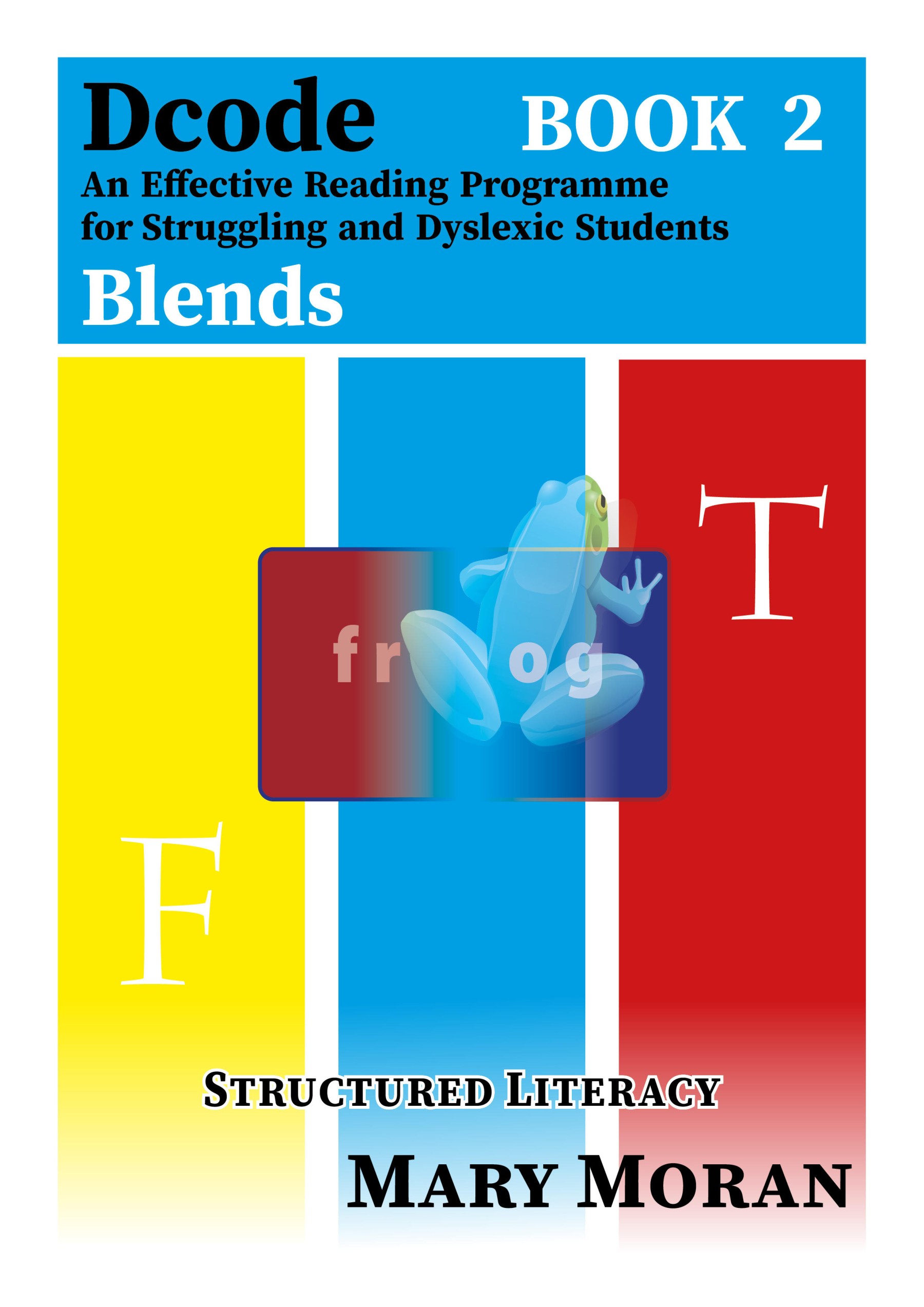 |
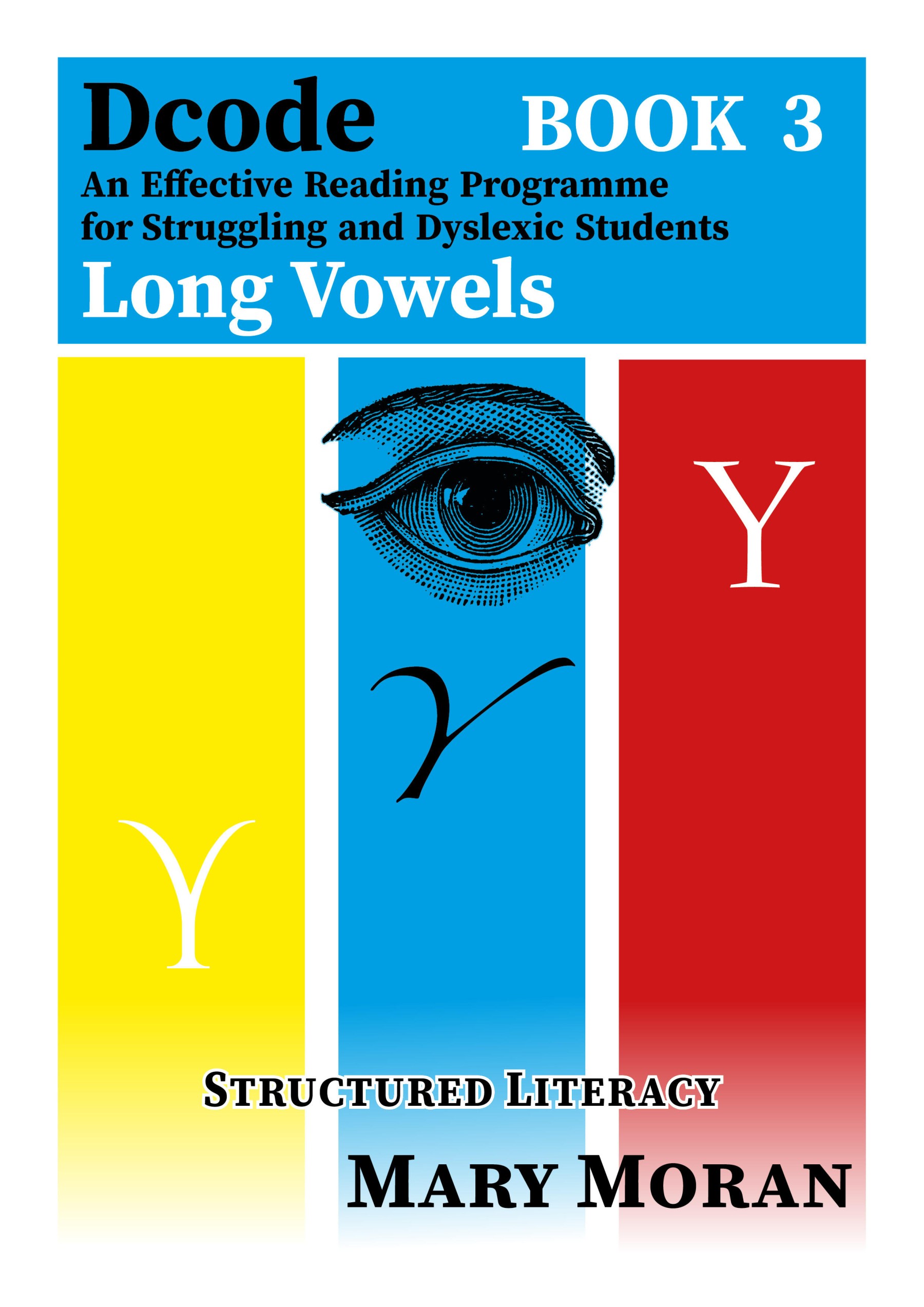 |
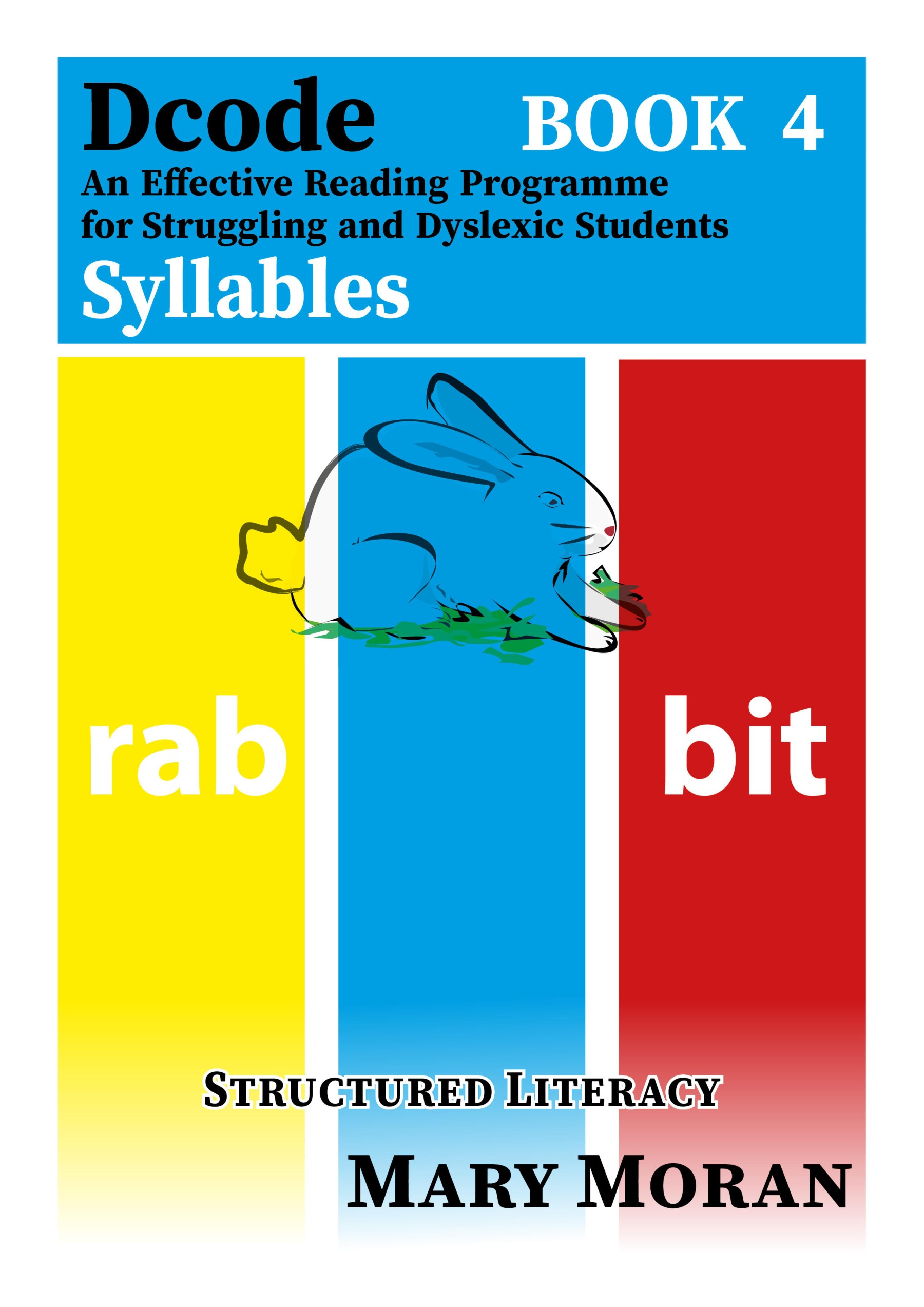 |
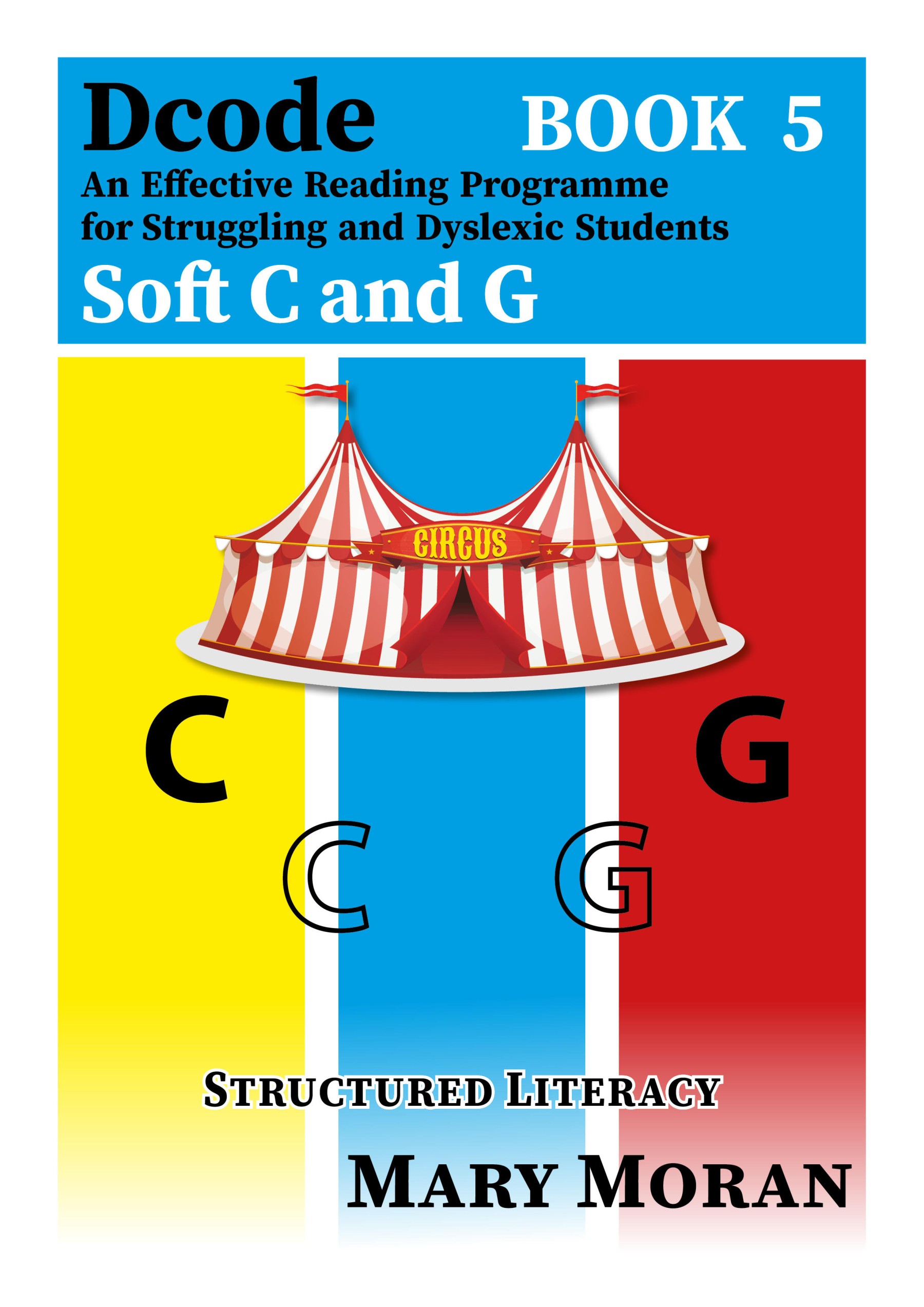 |
What help is there for teachers, tutors or parents for using Dcode?
I produced eight short instructional videos, one each for Books 1 to 7, and the final one is on the Ncode book. Each book has a QR code that will open the video’s page on our dedicated YouTube page.
Furthermore, training is available online, 24/7, through the Tralee Education Support Centre Moodle LMS. It is a subscription-based service which allows participants to decide the time and pace of their learning, e.g., the initial module of four is composed of 16 mini-lecture videos. Register here for the course.
Finally, PATOSS are running training webinars, over four afternoons in January and February 2024. This is a first training venture in the UK, and we are really looking forward to working with Dr. Kevin Smith and Sheila Rostill of PATOSS on delivering it.
📚 READ NEXT: THE READING FRAMEWORK SERIES - SYSTEMATIC SYNTHETIC PHONICS

